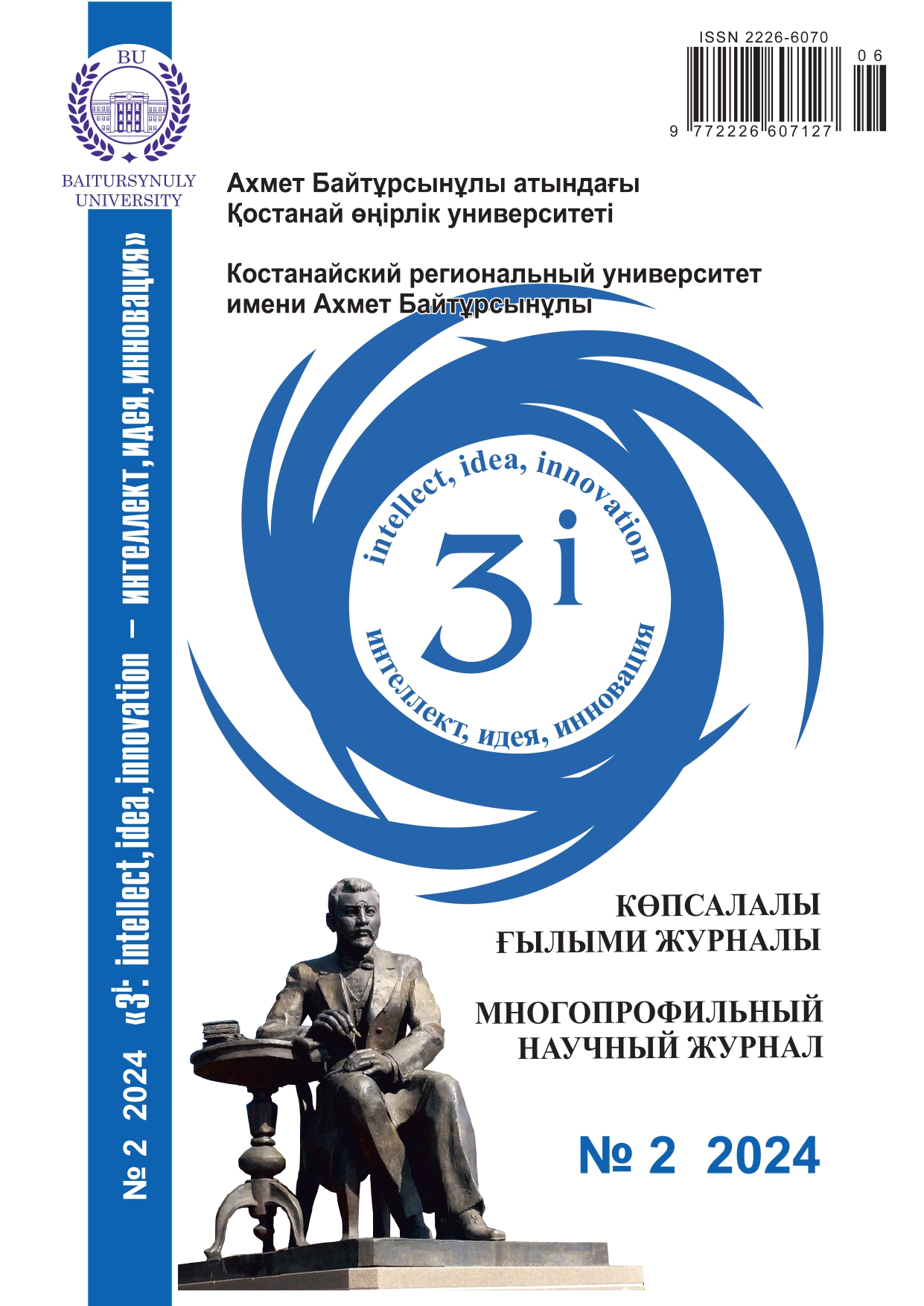UTILIZATION OF GORYAEV CHAMBER TO DETERMINE THE CONCENTRATION OF TRYPANOSOMA EQUIPERDUM IN LABORATORY ANIMALS
DOI:
https://doi.org/10.52269/22266070_2024_2_19Keywords:
parasitology, dourine, intensity of invasion, concentration, Goryaev’s chamber, Trypanosoma equiperdum, microscopy, accumulation kineticsAbstract
This article reflects the results of studies on the possibility of using the Goryaev chamber to determine concentration of parasitemia of the Trypanosoma equiperdum strain in laboratory animals, as one of the quick and convenient methods for determining the accumulation kinetics. The research findings revealed that the Goryaev camera is recommended to be used with a minimum dilution of biological samples (blood) of 1:100, and the use of 1x40 microscope magnification can be used as a method for determining the accumulation dynamics of the Trypanosoma equiperdum strain in laboratory animals, allowing one to determine the concentration of trypanosomes at various stages of parasitemia, starting from the first days of infection and the detection of single trypanosomes, and ending with the last days of infection at high concentrations and dilutions of 1:200 or more. The study of the kinetics of trypanosome accumulation is a pressing issue, allowing assessing the rate of parasitemia in laboratory and industrial conditions, as well as organizing the production of diagnostic test systems and kits.
The study used parasitological methods of infection and assessment of the kinetics of trypanosome accumulation.
The practical significance of the study is associated with the possibility of using the presented method in industrial conditions of accumulation of trypanosomes both in laboratory animals (mice, rats) and in target animals (horses, donkeys).




